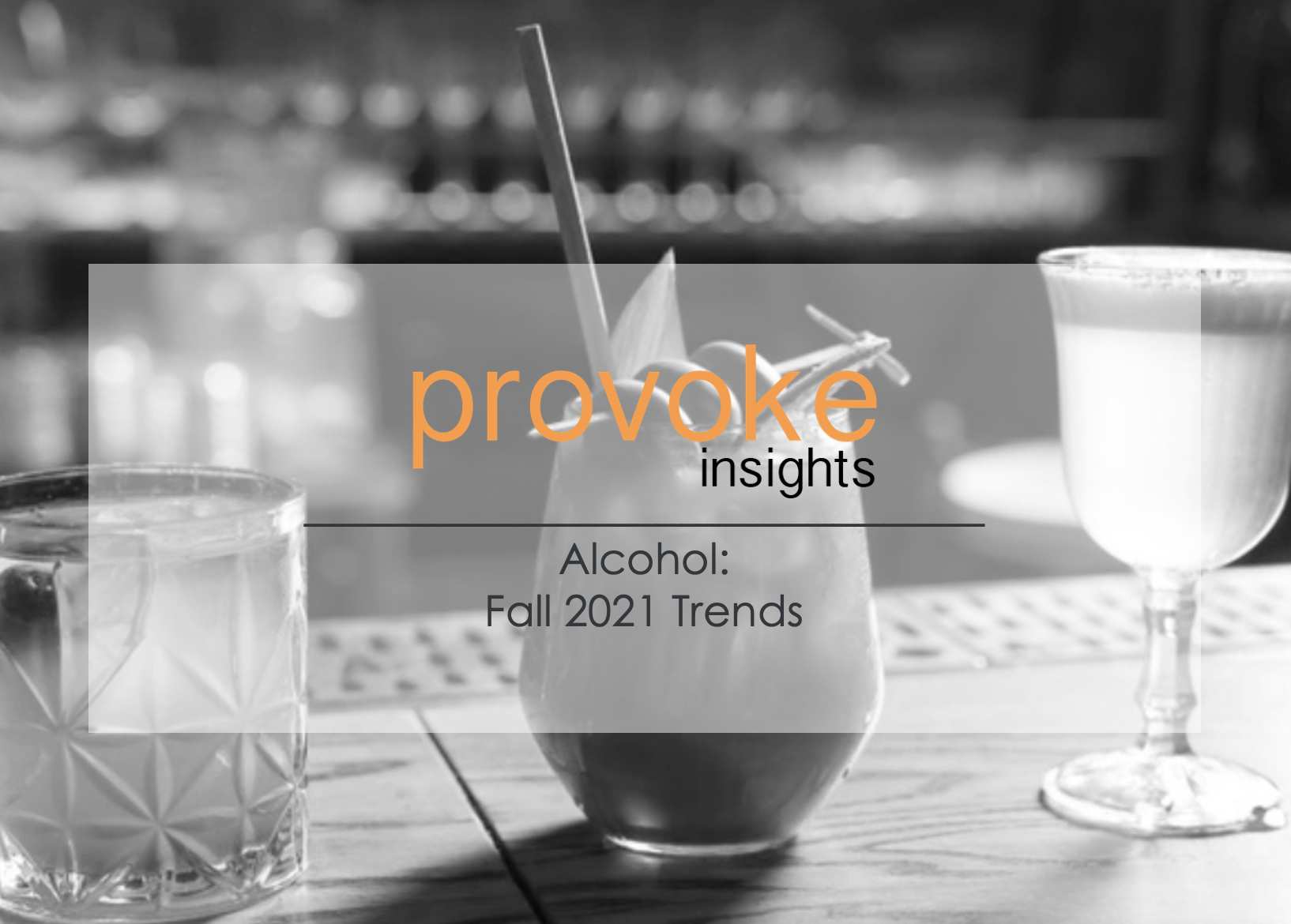What are you buying your special someone this year? A new necklace? Maybe a watch? On the other hand, perhaps you are looking for a reservation at a local restaurant. In fall 2021, Provoke Insights launched a new wave of our bi-annual study to help brands understand consumer purchasing habits and trends that impact their industry. The goal of this research was to gain a national perspective on the mindset of consumers. In total, we released 15 separate industry reports. In the spirit of Valentine’s Day, here are some insights into the retail, jewelry, and restaurant industries.
In-person shopping is back
Apprehension for in-person shopping has significantly decreased since the beginning of the pandemic, as more than half of Americans have little-to-no concern about visiting stores. Despite this, a quarter of consumers still prefer shopping online. While consumers have been impressed with cleanliness since returning to stores, they have been disappointed with product availability.
Jewelry is on the rise
Both jewelry and watch purchases are slightly up from early 2021. This holds true even as women report wearing less jewelry than they did pre-COVID. In addition, Americans as a whole are still dressing more casually. Is jewelry really what your special someone is looking for this Valentine’s Day? Most often, it is affluent customers that are making these luxury purchases, as they are willing to pay for sustainably sourced products or to stay on top of trends.
Order up!….with your phone
During the COVID-19 pandemic, many restaurants integrated new technologies to provide a cleaner and safer environment for customers. Overall, paying at the table is seen as a much better restaurant experience for patrons. However, Americans have mixed views about accessing menus via QR codes. These new tableside tech additions are more popular among younger, and probably more tech-savvy consumers.
Download the full reports for free here.
Methodology
Provoke Insights conducted a 15-minute online survey in autumn of 2021 among 1,504 Americans between the ages of 21 and 65. Provoke Insights uses a random stratified sample methodology to ensure a high degree of representation among the U.S. population. (This includes household income, age, gender, geography, ethnicity, and children living in the household.) Statistical differences between subgroups were tested at a 95% confidence level. The margin of error is +/-2.5%.










